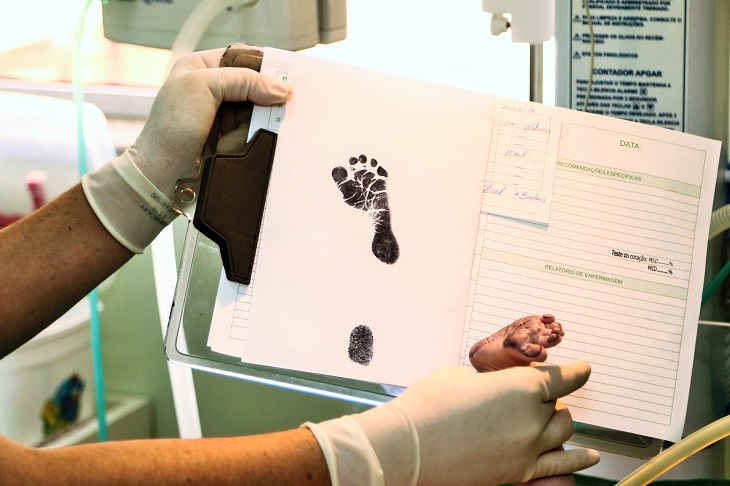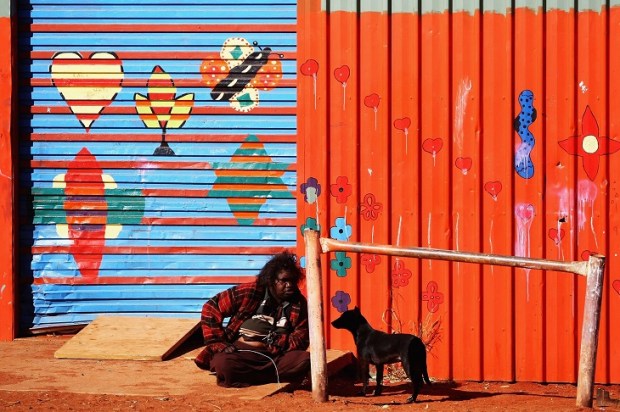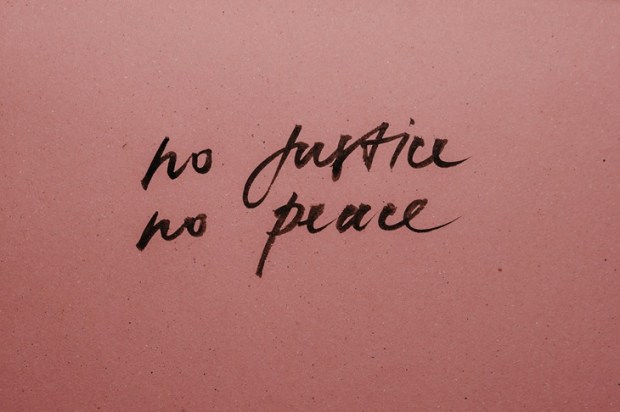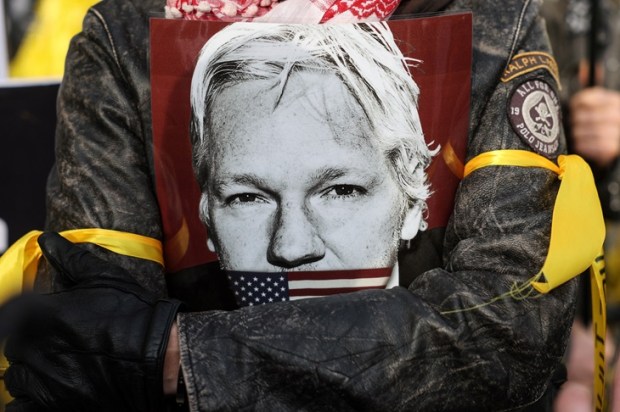At some point in the not-too-distant future, Australia’s federal Parliament will vote on whether a baby born alive during an abortion must be provided with lifesaving treatment or be left to die.
The latter is currently the case across Australia, although some jurisdictions are more transparent with the relevant data than others.
Already a subscriber? Log in
Subscribe for just $2 a week
Try a month of The Spectator Australia absolutely free and without commitment. Not only that but – if you choose to continue – you’ll pay just $2 a week for your first year.
- Unlimited access to spectator.com.au and app
- The weekly edition on the Spectator Australia app
- Spectator podcasts and newsletters
- Full access to spectator.co.uk
Or


























Comments
Don't miss out
Join the conversation with other Spectator Australia readers. Subscribe to leave a comment.
SUBSCRIBEAlready a subscriber? Log in